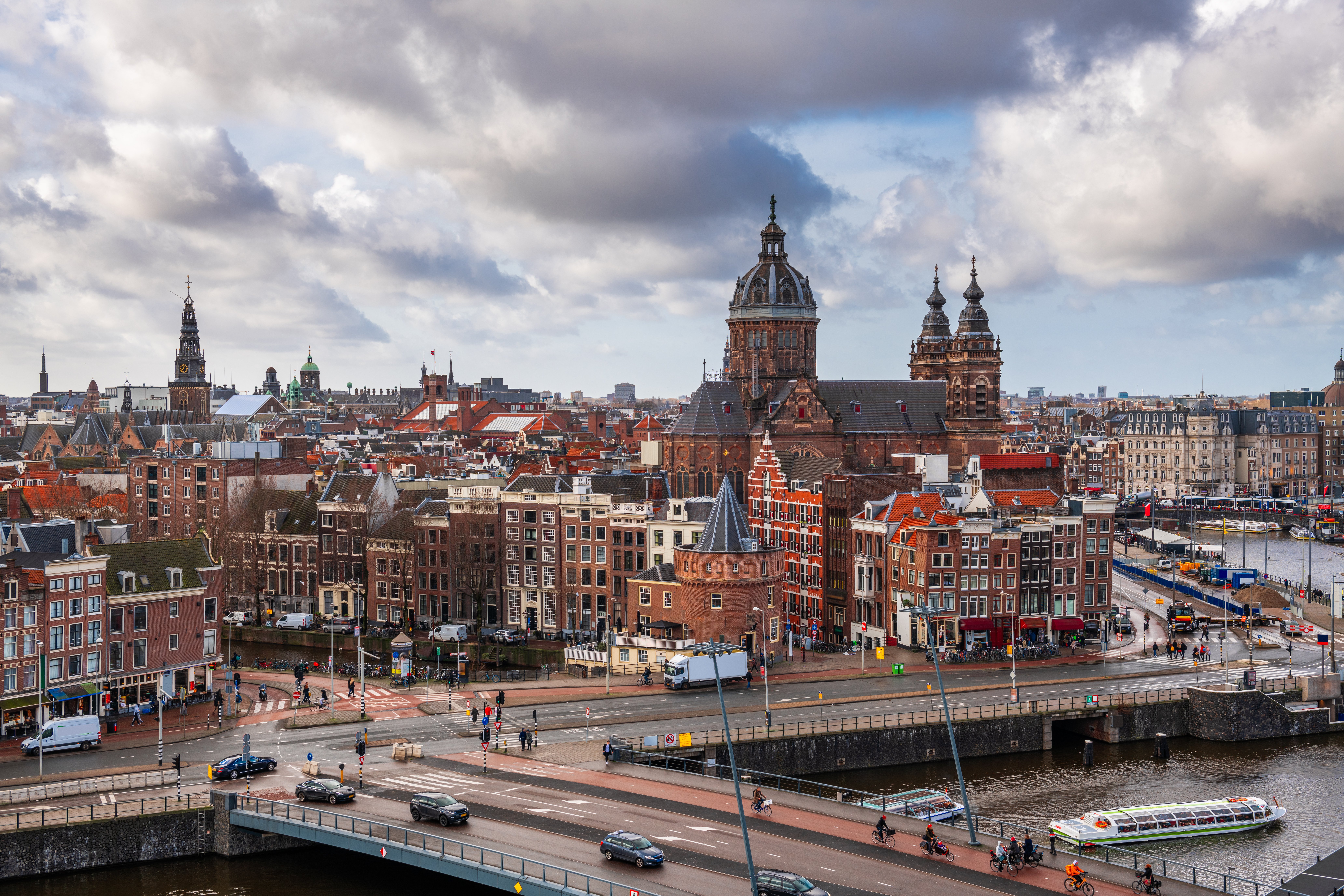How Cities Around the World are Improving Traffic Control
Traffic congestion is a common problem in cities around the world, causing frustration to drivers, long delays, increased pollution, and accidents. As such, many cities are now using traffic control software to improve the way traffic flows.
The software collects data from traffic cameras and sensors, which are then analysed in real-time to make traffic flow and reduce congestion. Cities are also increasingly using video analytics software to understand their traffic data better. This information can be also used to improve safety, leading to a more efficient and safer transportation system. Now, let’s have a look at how cities around the world are dealing with this.
Traffic Congestion and Control in Cities
In 2019, the average American driver spent an extra 54 hours a year in traffic due to congestion. This number has been rising in recent years as urban populations continue to grow. Wasting time is inconvenient for drivers, it causes damage to the environment, and lowers a city’s productivity. No wonder cities are looking to reduce congestion and optimise traffic flow.
There are several ways that cities are managing traffic by using traffic control software to improve the situation. London, for example, has installed traffic counting sensors at key locations across the city. This data is used to manage traffic flow and ease congestion.
Smart city initiatives are also changing the game. By using technology to better understand and manage urban environments, cities can address traffic congestion more effectively. While there is no one-step solution, with continued innovation and effort, it is possible to reduce congestion and getting around your cities an easier task.
%20(1)%20(1)%20(1).webp?width=759&height=506&name=pexels-markus-winkler-13677857-jpg%20(1)%20(1)%20(1)%20(1).webp)
Traffic Control in New York City
Traffic data is critical to understanding and improving traffic flow in any urban area. New York City has long been known for its traffic congestion and is historically ranked the worst city in the world for traffic. But, by analyzing traffic patterns, New York City has made changes to improve traffic congestion and keep people moving.
One of the most important tools that the city has used is traffic data analytics software. This software collects data from traffic cameras and sensors, which are then analyzed in real-time to aid traffic flow and congestion. The city has installed cameras and sensors on major roadways to monitor traffic in real-time. With video analytics software they get deeper insights into its traffic data.
While this traffic data is valuable in improving traffic control, the city of New York goes a step further. It plans to implement a congestion pricing plan to charge drivers to raise funds for infrastructure improvements upon entering the city. With real-time traffic data collection, city planners should then have the insights to implement these urban plans.
Traffic Control in Singapore
The city-state has a population of over five million people, and traffic can be a big problem. The city has implemented real-time traffic monitoring and traffic light optimization initiatives to ease congestion.
Using traffic cameras and sensors, Singapore can collect traffic data in real-time. This data is then used to study, monitor, and analyze traffic flow and control congestion. The city has also implemented traffic light optimisation, which adjusts traffic lights' timing based on traffic volume. Traffic lights are adjusted accordingly, enabling urban planners to maintain an optimal traffic flow as traffic builds.
-jpg.jpeg)
Traffic Control in London
Traffic on London’s roads costs London’s economy £5.1bn a year, or £1,211 per driver. In recent years, London has taken advantage of IoT to improve traffic control. Through the use of traffic management software, London has been able to improve traffic flow and reduce congestion successfully.
IoT is changing not only the way you manage traffic but also the way cities design roads and infrastructure. The traffic management system in London is linked to a network of sensors that collect traffic flow and traffic jam data. This data is analysed immediately adjusting the traffic signals accordingly. The aim is to reduce delays, improve journey times, and cut emissions from idling vehicles.
The result of these traffic control measures has been impressive. In the last year alone, London's traffic management measures such as ANPR technology have reduced traffic congestion by almost 15%. A big step for improving the city's economy and the quality of life for its citizens.
Traffic Control in Amsterdam
Amsterdam has been working hard to improve its traffic control. In the past few years, the city installed road traffic analytics systems at key locations throughout the city. These systems collect data on traffic flow and congestion. The data is then used to adjust traffic signals in real-time.
This has resulted in a significant reduction in traffic congestion and travel times. In addition, the city has also implemented a smart city initiative, which uses technology to improve city services and the quality of life for residents. One example is traffic counting sensors to collect data on road usage and identify areas where traffic is particularly heavy. This data is used to improve the city's traffic management plan.

Ready to make a Change in Traffic Control?
Cities worldwide use different methods to improve traffic control, but some are more effective than others. Real-time traffic control software is the common denominator in leading ford-looking cities. With these technologies, cities can adjust traffic flow in real-time and gain relevant insights into traffic patterns with the means to analyse current and historical traffic footage. This data is essential for city planners in adjusting traffic flow and building new infrastructure accordingly.
If you're considering the implementation of traffic data analytics software for your city, now is the time. GoodVision provides automation tools in all stages of traffic projects, from traffic data collection to traffic modelling and real-time traffic control.
Click below if you’re interested in learning more about GoodVision’s solutions.


.webp)

